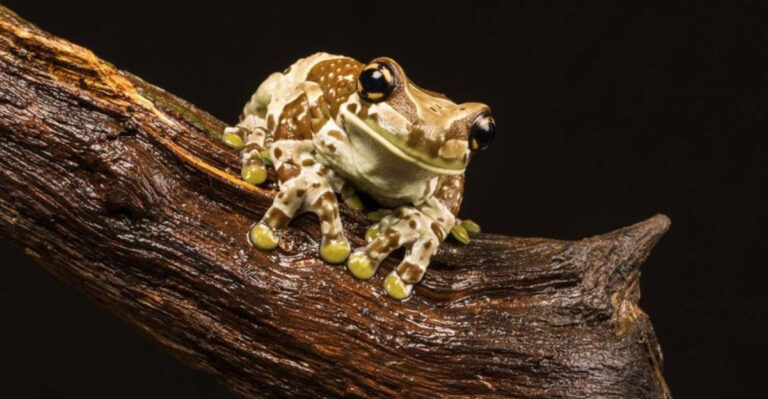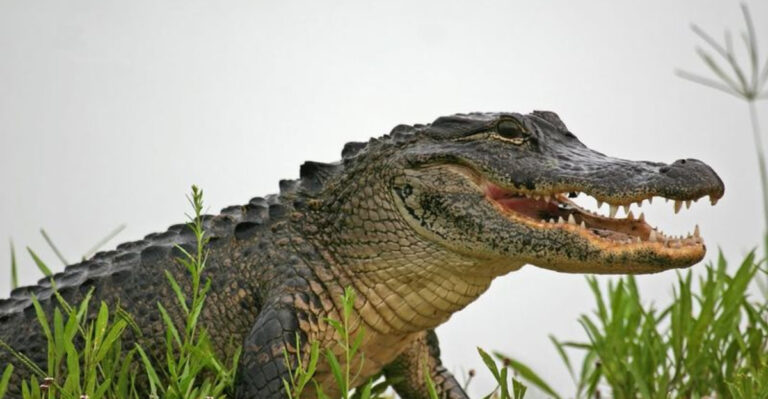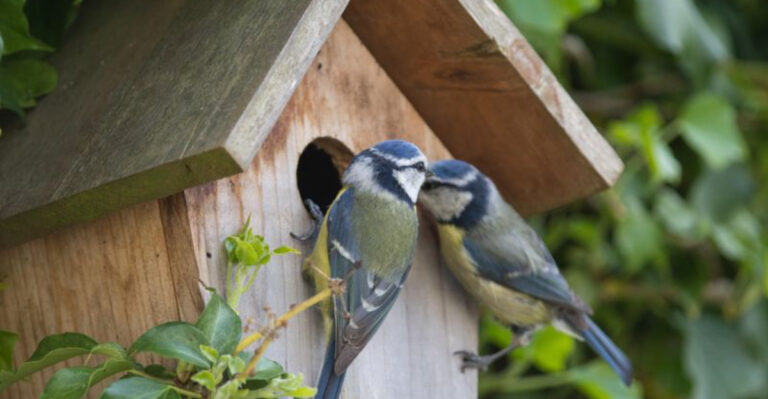32 Amazing Things You Didn’t Know About Spiders
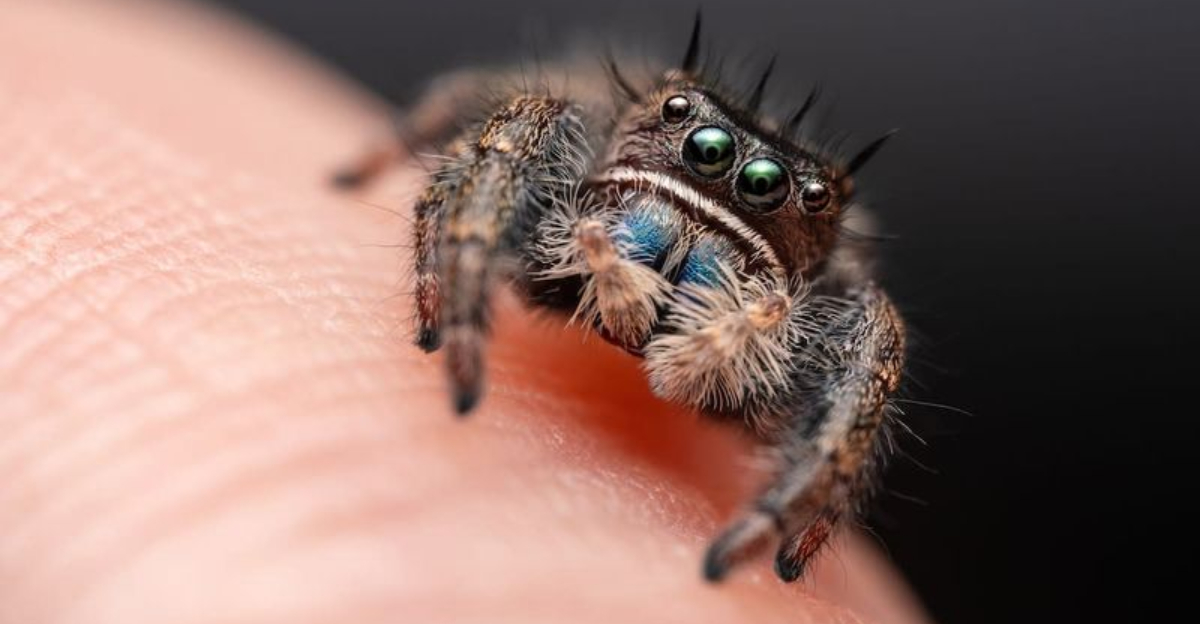
Spiders are fascinating creatures with a multitude of surprising traits. These arachnids are often misunderstood and inspire a mix of fear and curiosity.
Take a look at this captivating list of spider facts that uncover their astonishing abilities, wide-ranging habitats, and their crucial roles in our ecosystem.
1. Circus Performers
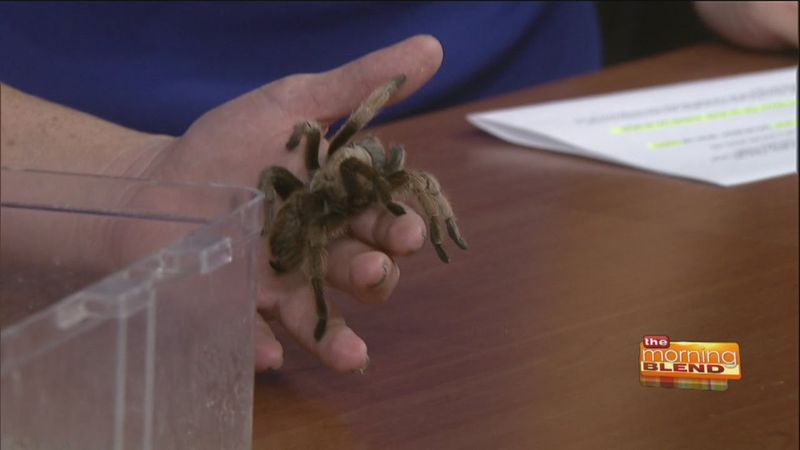
Picture a circus where spiders steal the spotlight! In some places, spider circuses have wowed crowds with these arachnids’ surprising agility and smarts.
Trained to do tricks like tightrope walking or jumping through hoops, they amaze with their unexpected skills.
Teaching them these routines takes patience and creativity, but with the right guidance, spiders can learn simple performances.
It’s not just a novelty—it’s a fun and educational way to see how humans and spiders can work together in ways you never imagined!
2. The Diverse World
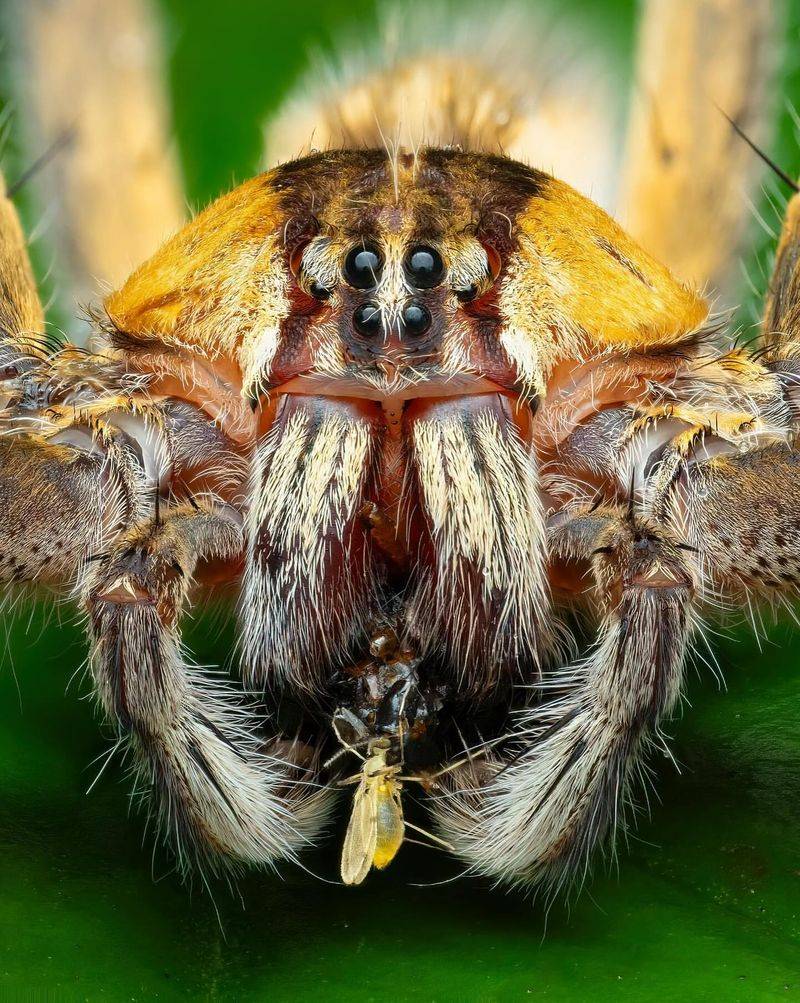
Spiders are truly nature’s champions, with over 45,000 species scattered across the globe, thriving in environments from tropical rainforests to the arctic tundra.
These arachnids have adapted in fascinating ways, boasting an incredible variety of sizes, colors, and web designs.
From the tiny Patu digua, smaller than 0.37 millimeters, to the colossal Goliath birdeater, spiders come in all shapes.
Their colors vary from earthy tones for camouflage to the vibrant hues of the peacock spider’s flashy abdomen, used to attract mates.
3. Spiders On Caffeine
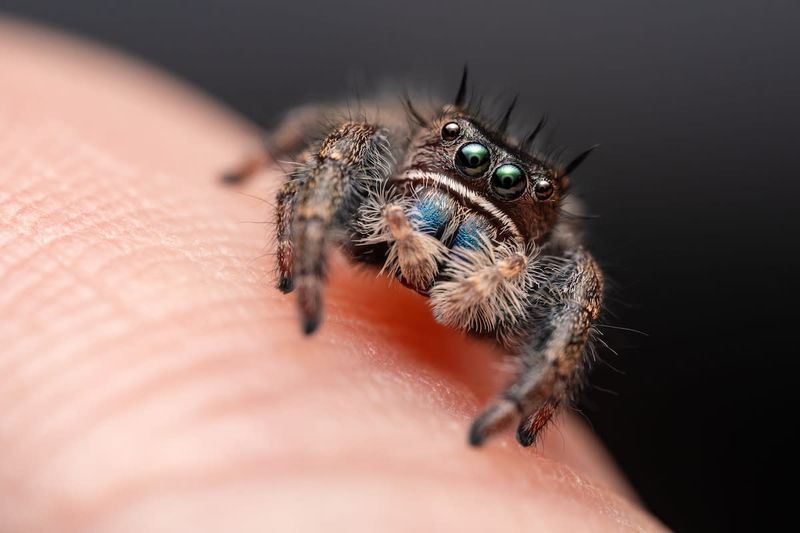
Ever wondered what happens when spiders drink coffee? In a quirky experiment, scientists gave spiders caffeine and watched them spin webs—except these webs were a chaotic mess!
Normally, spiders craft perfect, symmetrical designs, but under the influence of caffeine, their webs turned into wild, jagged patterns.
This fun experiment sheds light on how substances mess with the brain’s delicate balance and impact behavior. It’s a fascinating look at how something as simple as caffeine can shake up a spider’s whole world!
4. Spider Silk: Stronger Than Steel
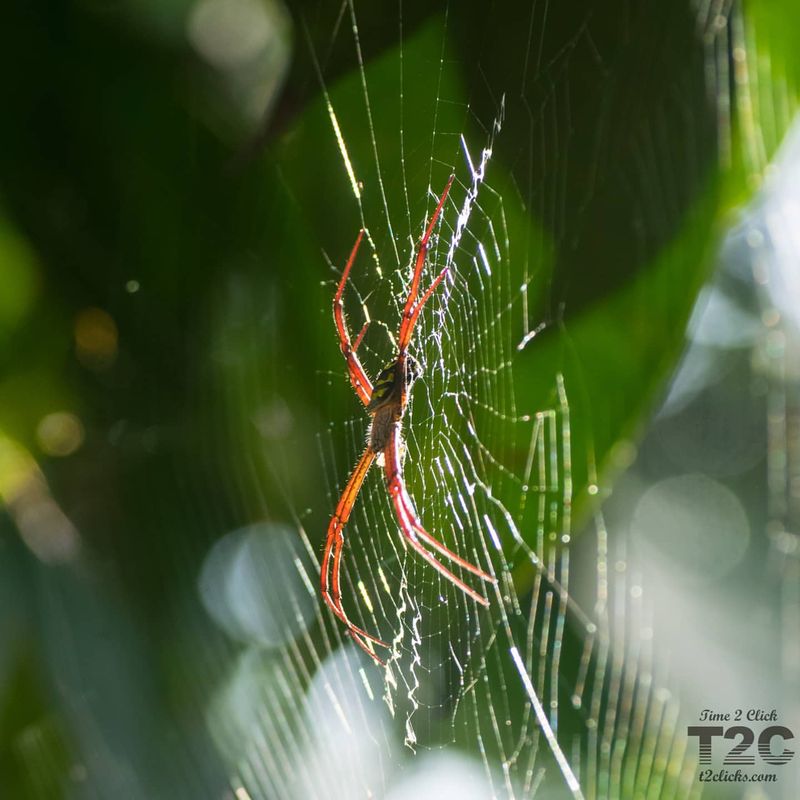
Spider silk is nature’s wonder material, combining strength and flexibility in ways that seem almost magical.
Despite its delicate look, it’s stronger than steel by weight and can stretch without snapping, making it perfect for catching prey without causing harm.
This incredible silk is made of proteins, and scientists are still trying to fully replicate its unique structure.
Beyond its mechanical wonders, spider silk is biodegradable and biocompatible, paving the way for innovative medical uses like sutures and drug delivery.
Researchers are working hard to unlock its full potential, potentially revolutionizing material science!
5. The Venomous Arsenal
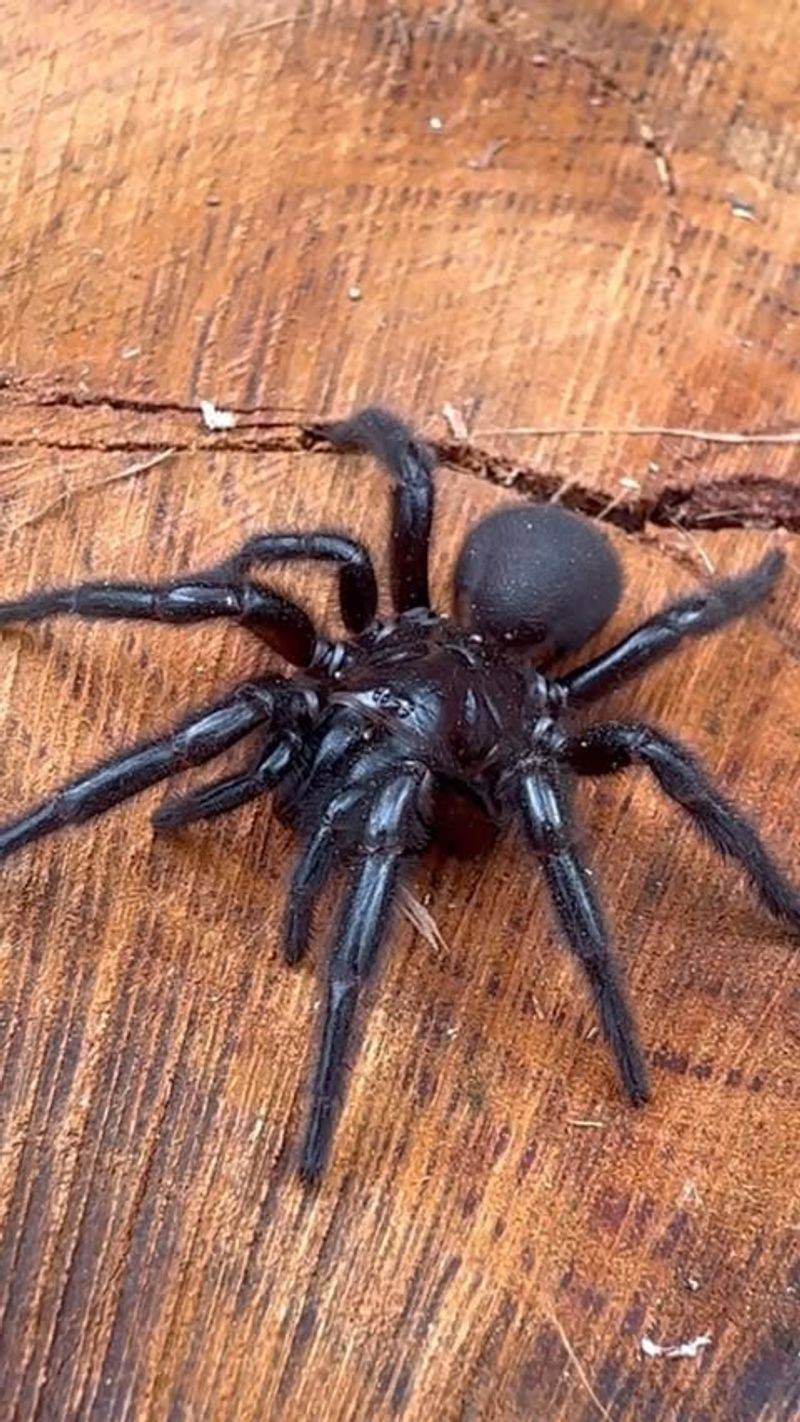
Spiders are equipped with impressive venomous abilities, using them for hunting and self-defense.
While venomous spiders might sound scary, only a small number of species are harmful to humans, with most having venom that’s harmless to us but dangerous to their insect prey.
Spider venom is a mix of proteins and enzymes that can paralyze or digest prey, with species like the black widow and brown recluse being capable of causing serious reactions, though fatalities are rare.
Interestingly, spider venom is being studied for medical uses like pain relief and eco-friendly pesticides. This fascinating venom could lead to breakthroughs in both science and technology!
6. Arachnid Architects
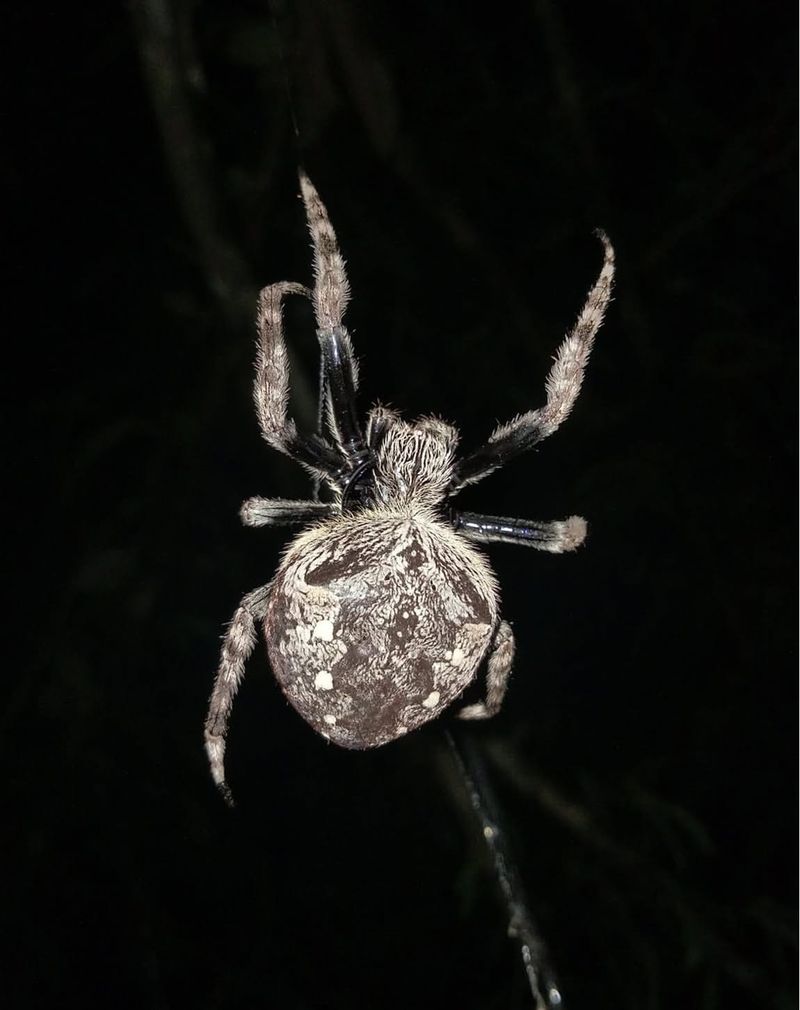
Spiders are true architectural geniuses, crafting webs that serve not just to catch prey but also for shelter, mating, and egg protection.
The variety of designs shows off their adaptability and creativity. Orb weavers are the masters of circular, geometric webs, strategically placed to trap flying insects and easily repaired if damaged.
Cobweb spiders, on the other hand, weave tangled nets perfect for catching crawling bugs. Some, like trapdoor spiders, hide in camouflaged burrows, while others, like jumping spiders, use their agility and sharp eyesight to hunt.
Spiders’ web-building skills are a testament to their evolutionary success and vital role in controlling insect populations.
7. Space Spiders

Spiders have made their way into space to help scientists study web-spinning in microgravity, offering fascinating insights into how they adapt without gravity.
In space, their webs are more symmetrical and less dense, showing how they adjust their behavior to new environments.
These findings expand our understanding of biological processes in space, with potential implications for future missions.
The fact that spiders are part of space research highlights the importance of studying life beyond Earth. Their adaptability in such extreme conditions continues to amaze, showcasing the resilience of life itself!
8. Spider Communication
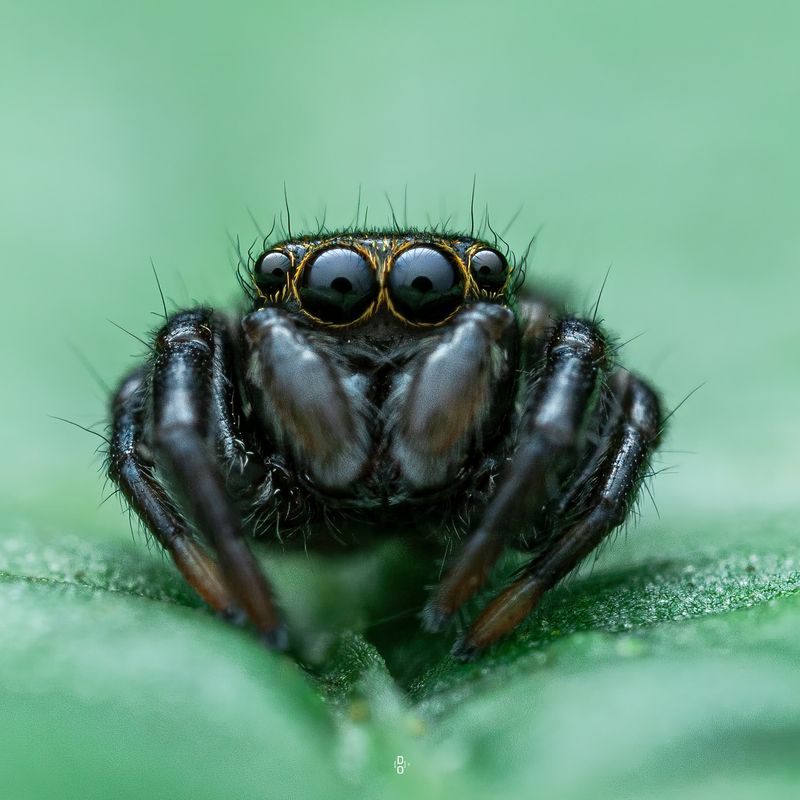
Spider communication is a fascinating mix of vibrations, pheromones, and visual cues, each serving a different purpose, from attracting mates to fending off rivals.
Vibrations are key, with spiders sending signals by plucking their webs or tapping their legs, especially during courtship to avoid being mistaken for prey.
Some spiders also use visual displays, like the peacock spider’s colorful dance, to catch the eye of a mate. Pheromones help spiders communicate over longer distances, guiding them to potential partners.
These subtle and intricate communication methods highlight the complexity of spider interactions and continue to intrigue scientists.
9. Ancient Mythology

Spiders have been woven into ancient myths and stories across the world, often symbolizing creativity, fate, or trickery.
In Greek mythology, the tale of Arachne tells of a skilled weaver turned into a spider by the goddess Athena, symbolizing the origins of web-spinning and themes of creativity and pride.
Native American legends also portray spiders as wise, cunning figures, weaving the fabric of life and imparting moral lessons.
These myths reflect the spider’s dual nature—admired for its skill and feared for its mysterious ways. Their presence in mythology shows how deeply spiders have captivated human imagination, linking the natural and supernatural worlds.
10. Spider Vision
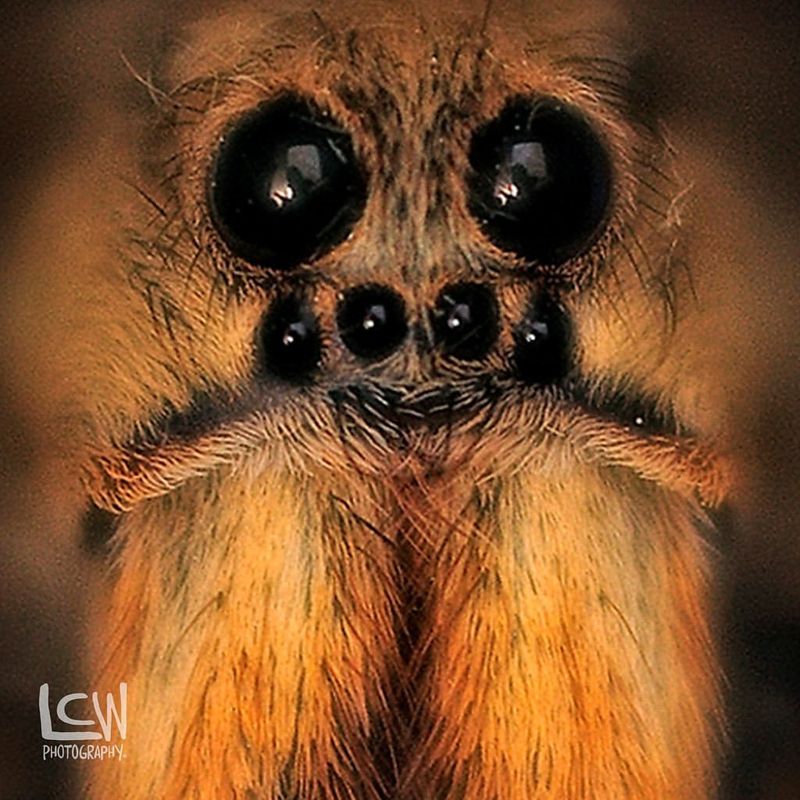
Spiders have a fascinating range of vision systems, each suited to their survival and hunting needs. While most spiders have eight eyes, their size and arrangement vary greatly depending on the species.
For example, jumping spiders boast large, forward-facing eyes that give them superb binocular vision, perfect for stalking and pouncing on prey.
In contrast, cave-dwelling spiders have little to no eyes, adapting to the complete darkness of their environment.
These unique visual adaptations show the evolutionary creativity of spiders, and despite their often limited sight, they rely on other senses like touch and vibration to thrive.
11. Molting
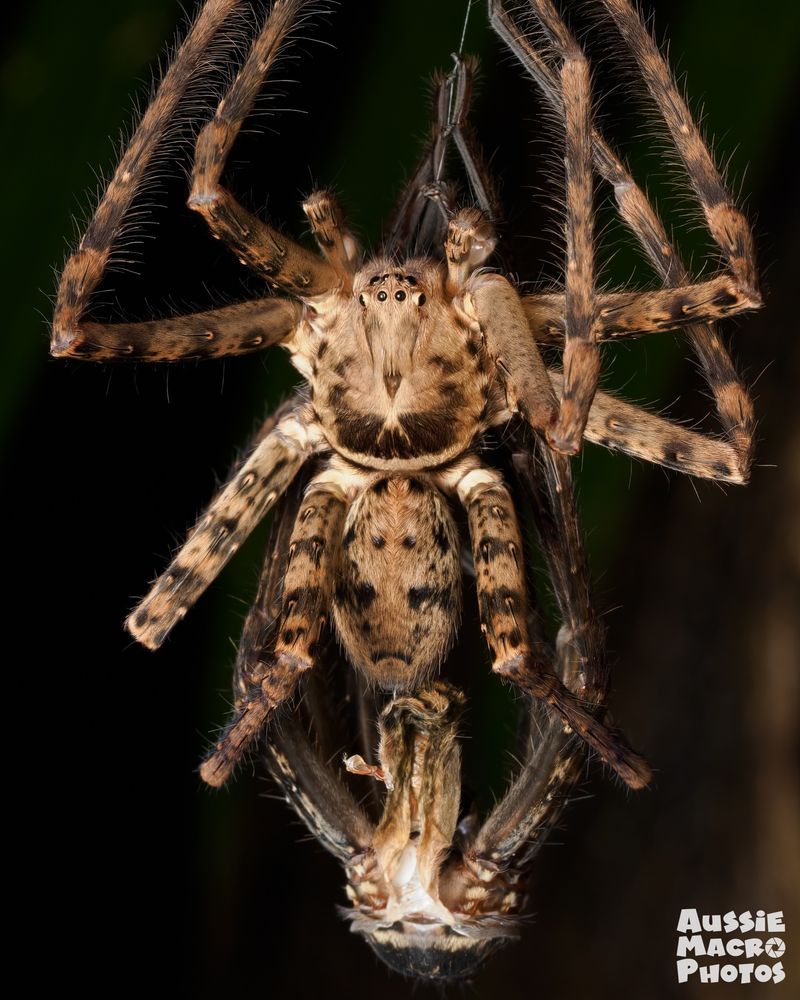
Molting is a crucial part of a spider’s life cycle, allowing it to grow and renew itself. As a spider outgrows its old exoskeleton, it sheds it to make room for a new one.
The process starts with a soft exoskeleton forming beneath the old one, and enzymes are secreted to help separate the two, allowing the spider to wriggle free.
During this vulnerable time, the spider’s new exoskeleton is soft and easily susceptible to predators.
Molting also offers a chance for regeneration, as some spiders can regrow lost limbs, demonstrating their incredible resilience and adaptability.
12. Spiders In Ecosystems
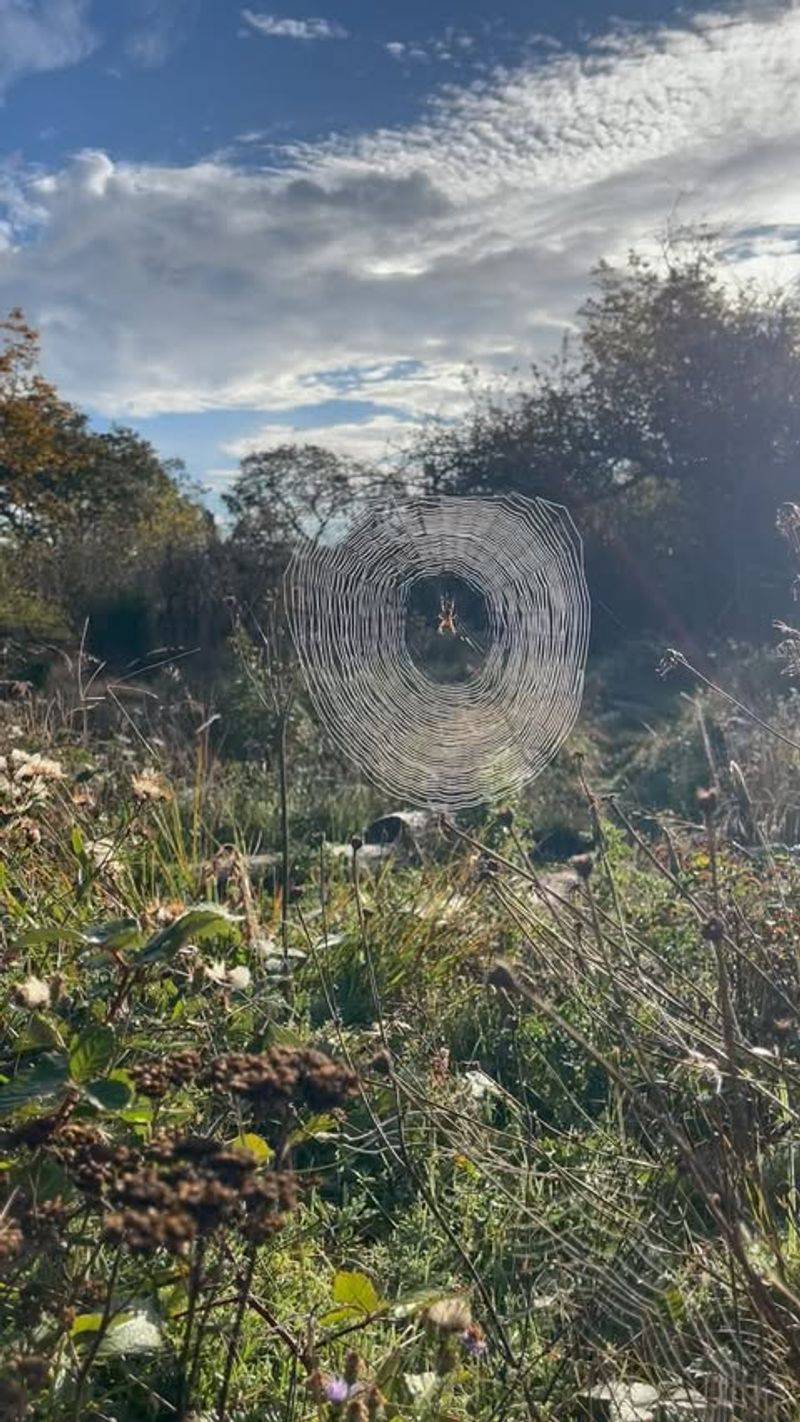
Spiders are vital to ecosystem balance, playing a key role in controlling insect populations.
As natural predators, they keep pest numbers in check, which helps maintain the health and stability of their environments.
In agriculture, spiders reduce the need for chemical pesticides by preying on crop-damaging insects, supporting sustainable farming and boosting biodiversity.
Their presence indicates a healthy ecosystem, where they function as both predators and prey. Beyond hunting, spiders are a food source for birds and small mammals, highlighting their interconnected role in the food web and emphasizing the need to protect their habitats.
13. Spider Courtship Rituals
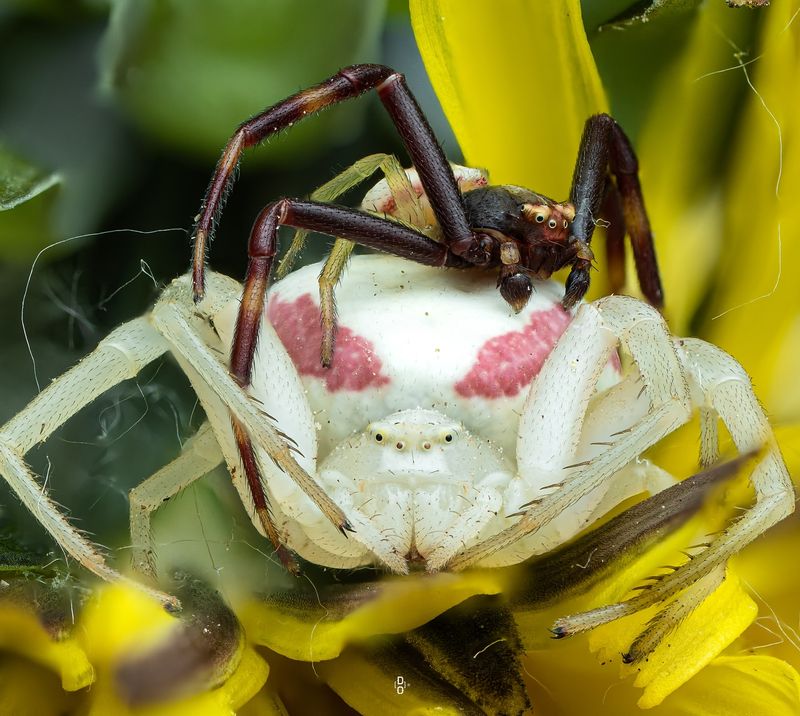
Spider courtship rituals are a fascinating mix of dances, vibrations, and visual displays, all aimed at attracting mates and ensuring successful reproduction.
Males often begin by creating specific vibrations on the female’s web or performing colorful displays.
The peacock spider, for instance, puts on a vibrant dance to showcase its colorful abdomen and win the female’s attention—while avoiding being mistaken for prey.
Timing and communication are key in this delicate process, leading to mating and the female laying eggs in a protective silk sac.
These intricate rituals highlight the evolutionary pressures that shape spider reproduction strategies, ensuring their survival.
14. The Giant Spider Myth
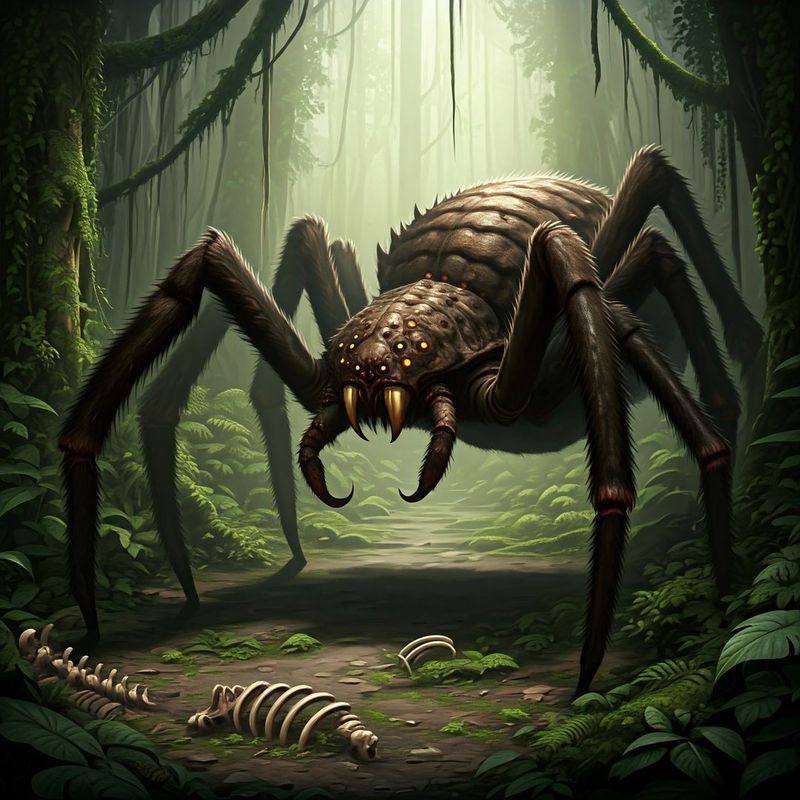
The myth of the giant spider has captivated human imagination for centuries, featuring in folklore and popular culture as enormous, lurking threats to travelers.
While these tales paint a picture of monstrous arachnids, the reality is far more modest.
The largest known spider, the Goliath birdeater, has a leg span of up to 11 inches, impressive but nowhere near the sizes of the mythic giants.
The enduring giant spider myth likely stems from the discovery of large spider fossils or exaggerated accounts by early explorers.
Regardless of its origins, this myth continues to evoke both awe and fear, showing how deeply spiders have influenced human culture.
15. Adaptations
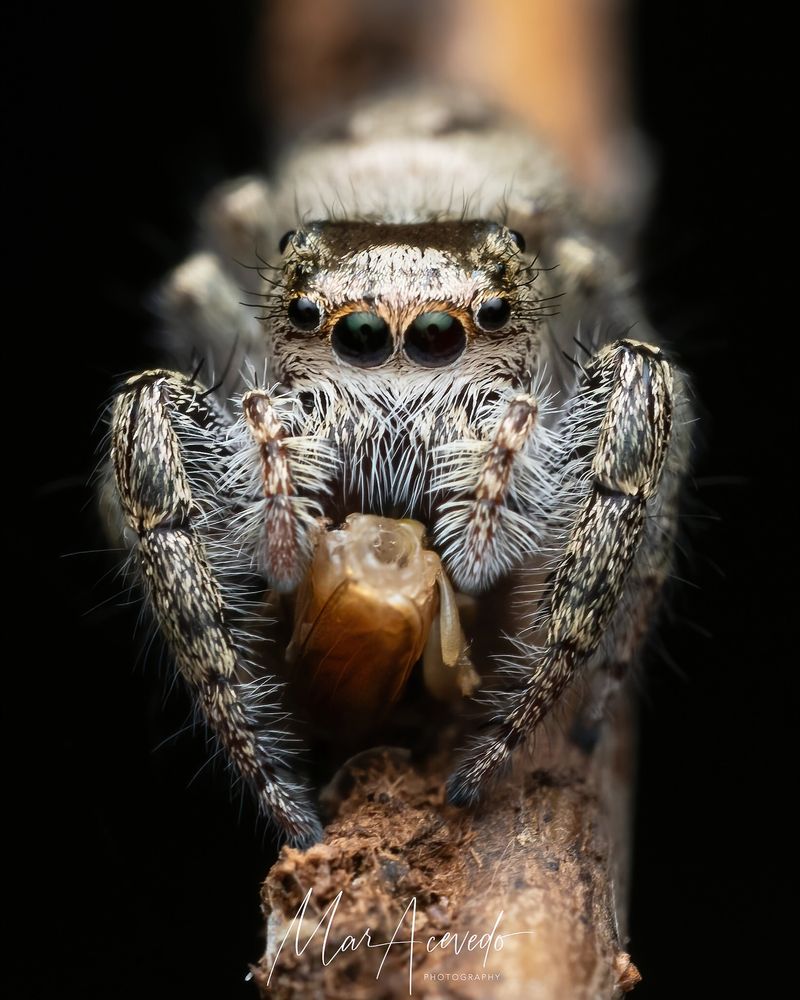
Spiders are true survivors, thriving in some of the harshest environments on Earth, from deserts to caves and even the Arctic tundra.
In the desert, spiders like the camel spider endure extreme heat and limited water by burrowing during the hottest parts of the day and staying hydrated through their prey.
Some can even enter dormancy to conserve energy when food is scarce. Cave-dwelling spiders, adapted to total darkness, lose their pigmentation and rely on heightened senses of touch and vibration to navigate.
16. Spiders And Art
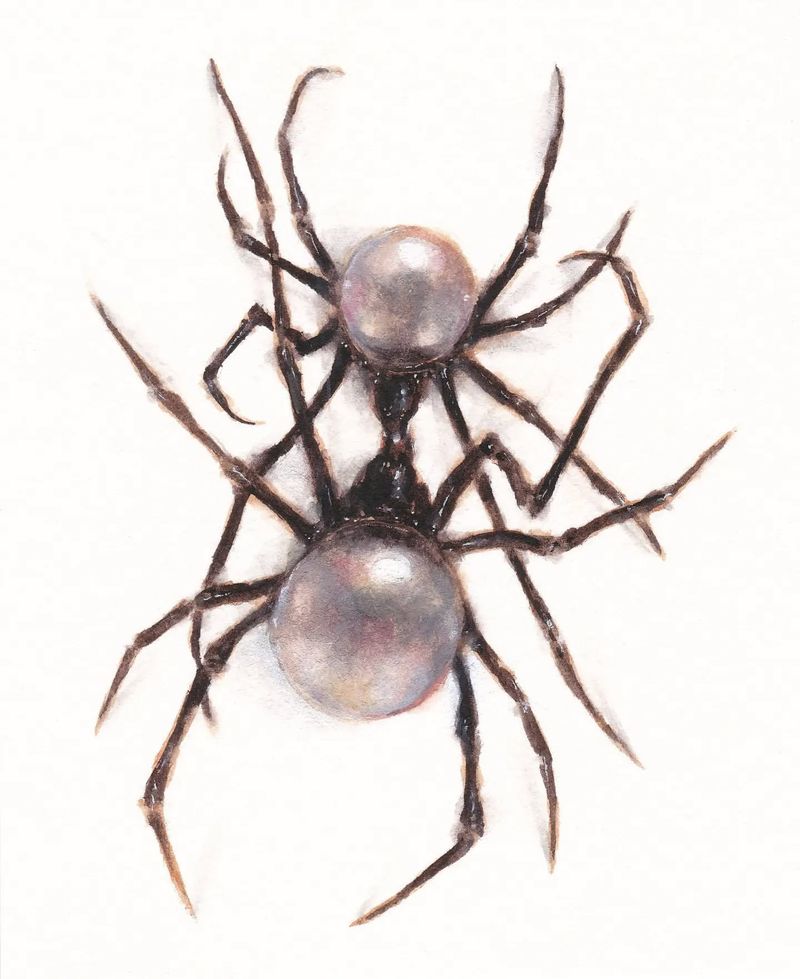
Spiders have inspired artists for centuries, with their intricate webs, graceful movements, and mysterious presence sparking creativity across cultures.
In traditional art, they often symbolize patience, creativity, and the interconnectedness of life, with many Indigenous cultures weaving spider motifs into their crafts and stories.
Modern artists also find inspiration in spiders, exploring their beauty and symbolism in various forms.
Spiders’ influence extends beyond visual art, impacting literature, film, and music, showcasing their role in the broader creative world.
17. Spider Silk Production
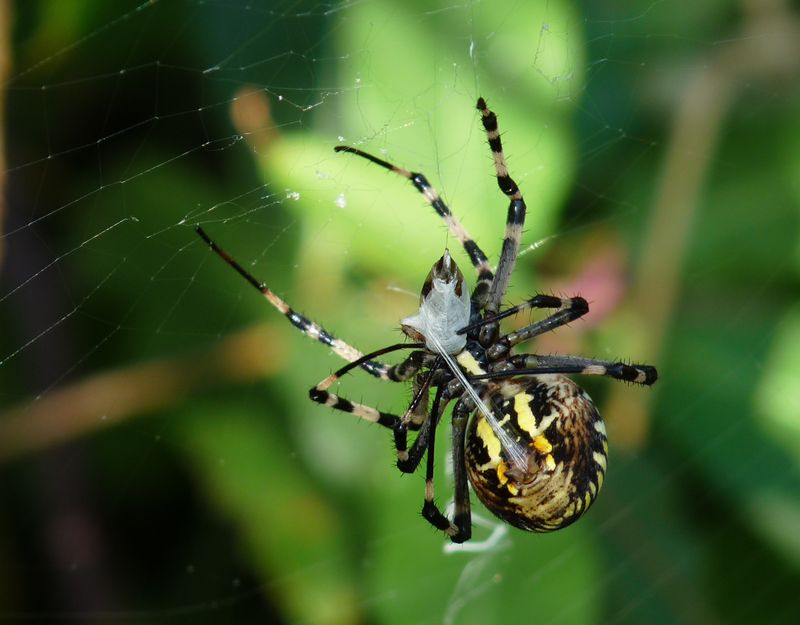
Spider silk production is a remarkable and complex process involving specialized glands and spinnerets located at the rear of the abdomen.
Each silk gland produces a different type of silk for various purposes, from web construction to egg sacs and draglines.
The silk starts as a liquid protein solution and solidifies as it passes through the spinnerets, allowing spiders to control the thickness and type of silk they create.
Researchers are studying how to replicate this process to create synthetic spider silk, which could revolutionize materials science with its strength, flexibility, and biodegradability, showcasing the power of biomimicry.
18. Evolutionary History
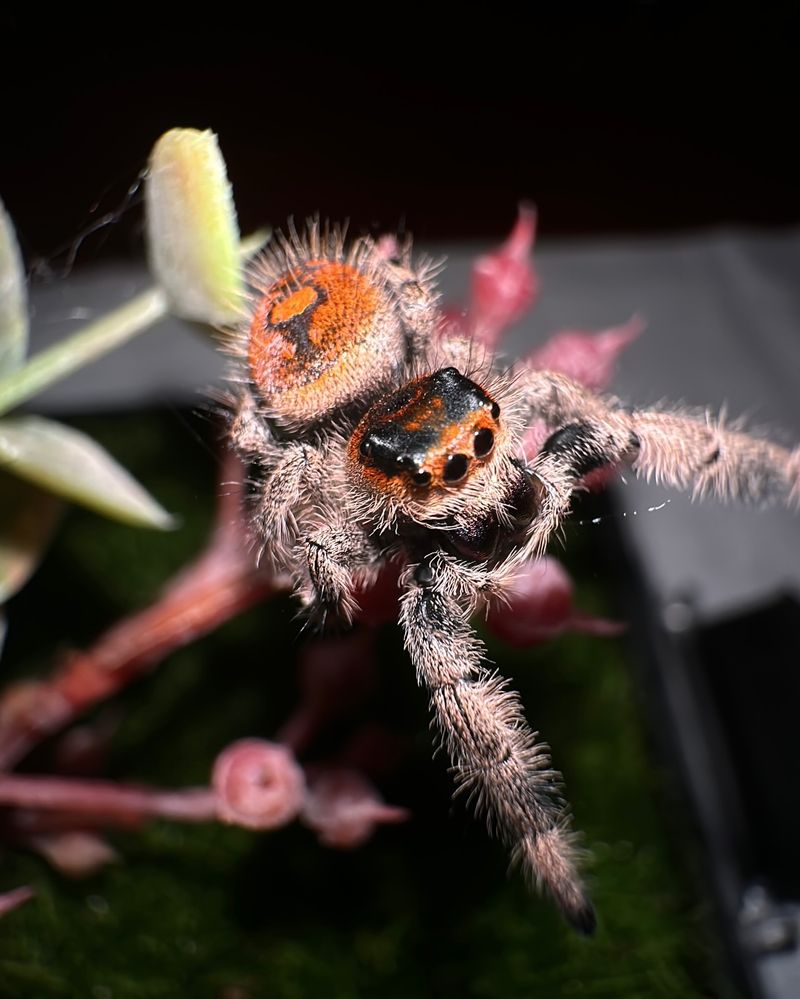
The evolutionary history of spiders is an incredible journey that spans over 380 million years, beginning in the Devonian period.
Fossil evidence shows that early spiders were similar to modern species, with basic features like silk-spinning abilities and jointed limbs.
Over time, spiders evolved a variety of adaptations that allowed them to thrive in diverse habitats and develop complex behaviors.
Their evolutionary success is due in part to their adaptability, as well as the development of unique traits like venom and advanced web-building techniques.
19. Conservation Efforts
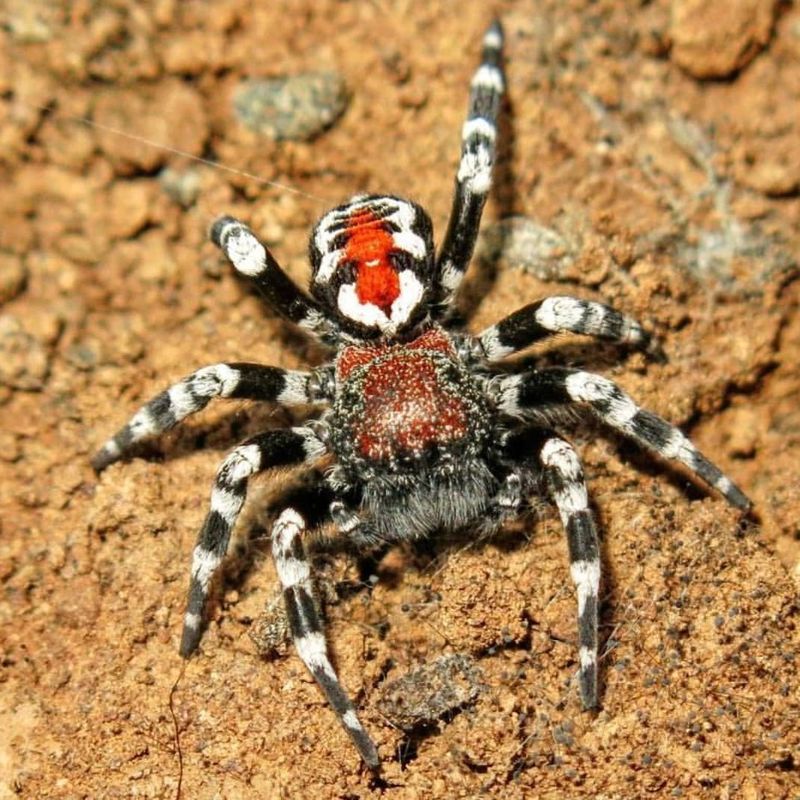
Conserving spiders is essential for preserving their diversity and the important roles they play in ecosystems.
Despite their significance, spiders face threats like habitat destruction, pollution, and climate change, leading to population declines.
Researchers and organizations are working to raise awareness about spiders, conducting habitat restoration, biodiversity surveys, and educational programs to encourage coexistence and dispel myths.
Protecting spider habitats not only helps these arachnids but also supports broader conservation goals by maintaining ecosystem health.
20. Cultural Impact
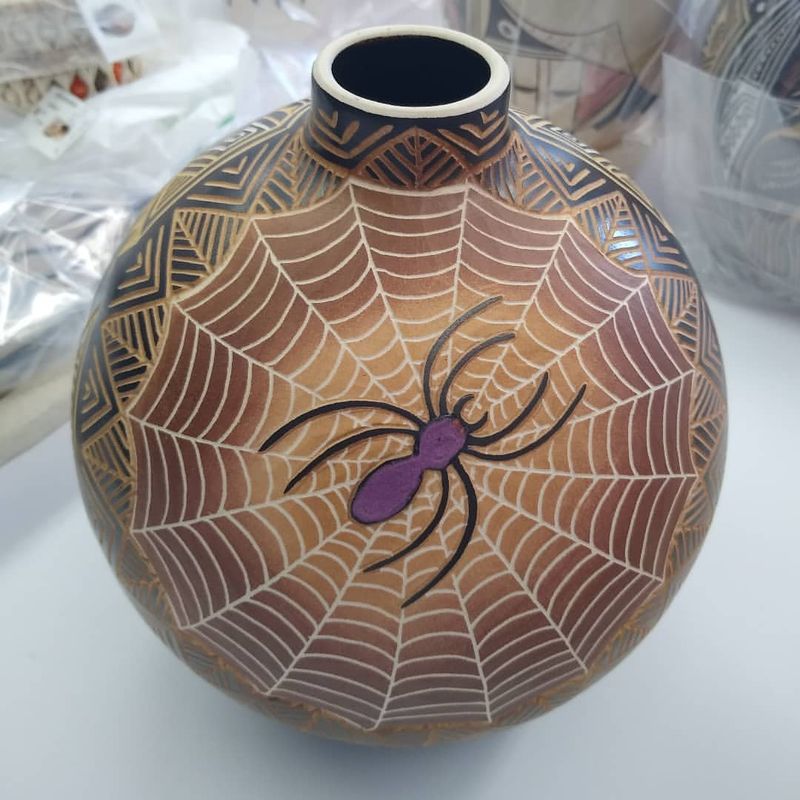
Spiders have had a profound influence on human culture, symbolizing everything from creativity to danger.
In many cultures, they are admired for their patience and web-spinning skills, appearing in myths as creators or tricksters, reflecting their complex nature as both feared and revered.
Today, spiders continue to capture our imagination, starring in films, literature, and media.
Their cultural impact goes beyond symbolism, as they also contribute to scientific research, deepening our understanding of biodiversity and ecology.
21. Bioindicators
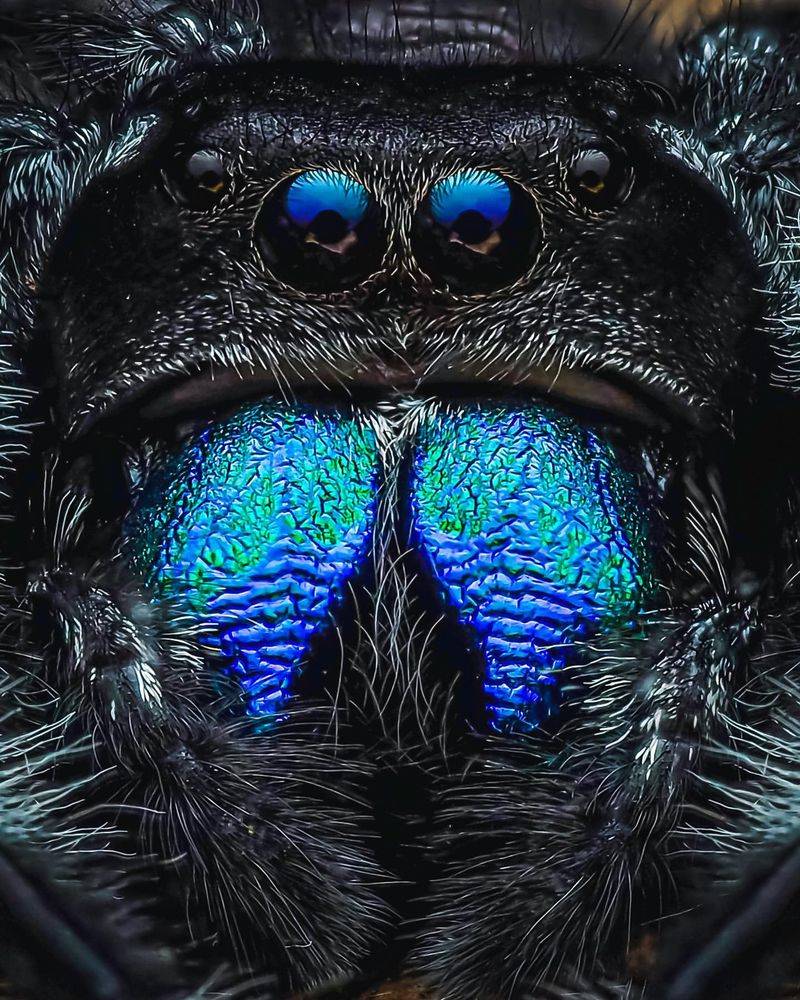
Spiders are vital bioindicators, offering valuable insights into the health and quality of ecosystems. As top invertebrate predators, they regulate insect populations, helping maintain ecological balance.
Their presence and abundance can signal shifts in environmental conditions, making them key indicators of ecosystem health.
Scientists study spider populations to track the effects of pollution, habitat loss, and climate change, as changes in their diversity and distribution can reveal ecological imbalances.
22. Spider Venom In Medicine
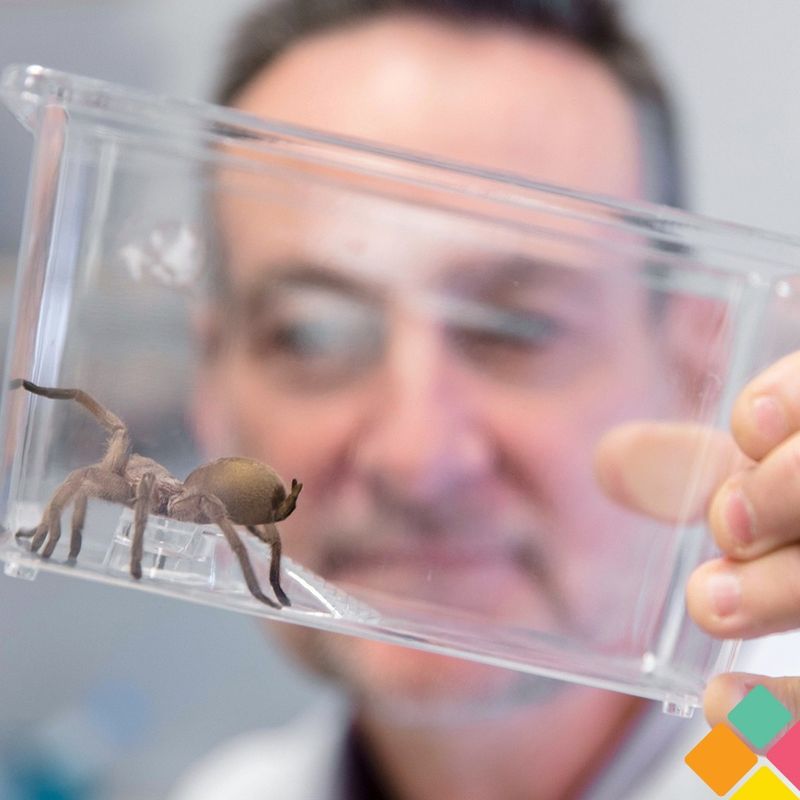
Spider venom holds incredible promise for medical advancements, with its complex chemical makeup offering a range of bioactive compounds that could revolutionize drug development.
Research has uncovered components of spider venom that can target specific physiological pathways, opening doors for pain relief, anti-cancer therapies, and neurological treatments.
Some venom proteins have shown potential in blocking pain signals, offering a non-addictive alternative to traditional painkillers.
The study of spider venom is an exciting medical frontier, showcasing the value of biodiversity in finding novel treatments.
23. Popular Culture
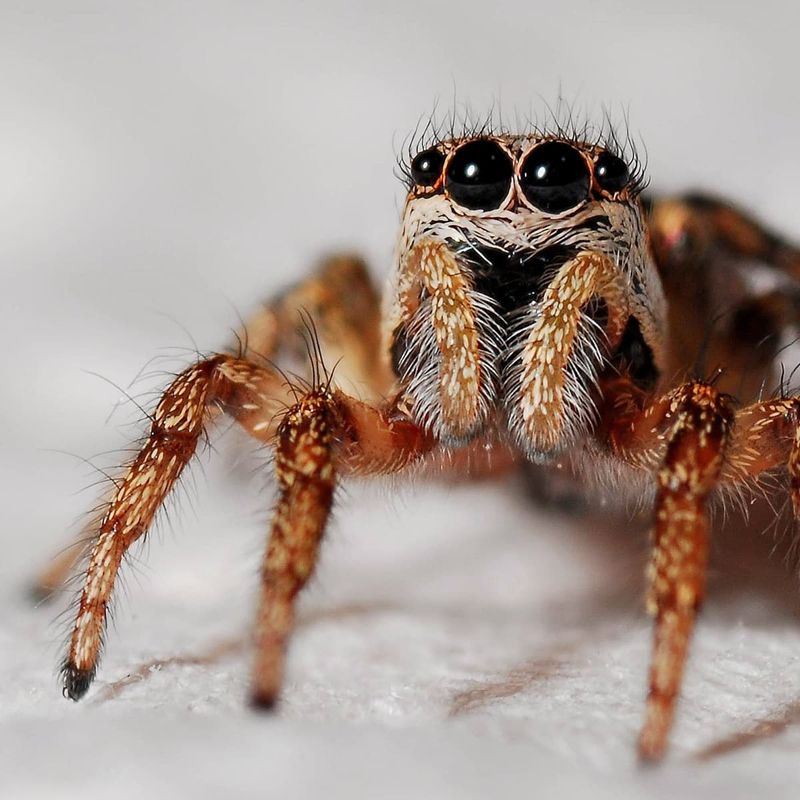
Spiders have captivated popular culture for centuries, appearing in films, literature, and folklore as creatures full of mystery and allure.
Their web-spinning skills and venomous traits make them perfect symbols of fear and danger, often adding suspense to stories.
Iconic characters like Spider-Man have flipped the script, presenting spiders as heroes with incredible powers, highlighting the complex relationship between humans and these arachnids—simultaneously feared and admired.
24. Spider Camouflage
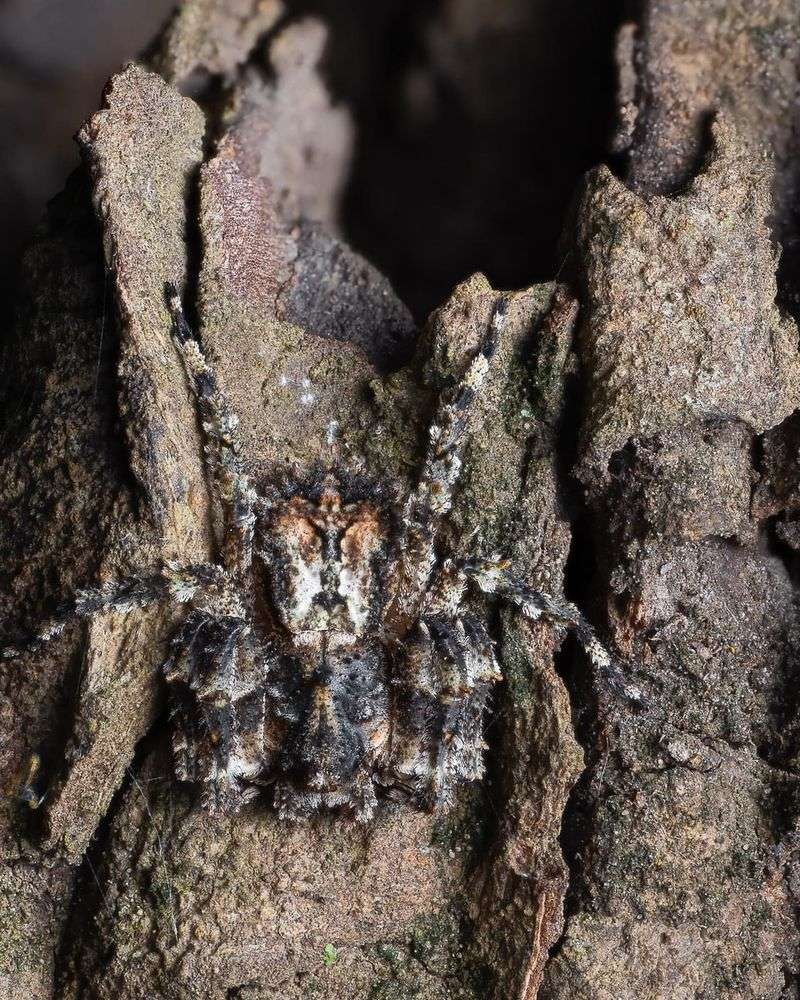
Camouflage is a crucial survival tactic for many spider species, helping them avoid predators and ambush prey with ease.
Some spiders, like the crab spider, can change color to blend in with flowers, making them nearly invisible.
Others, such as the wolf spider, use mottled coloration to merge with leaf litter and soil, providing perfect concealment.
The study of spider camouflage highlights the delicate balance in predator-prey dynamics and offers insights into evolutionary biology.
25. Trapdoor Spiders
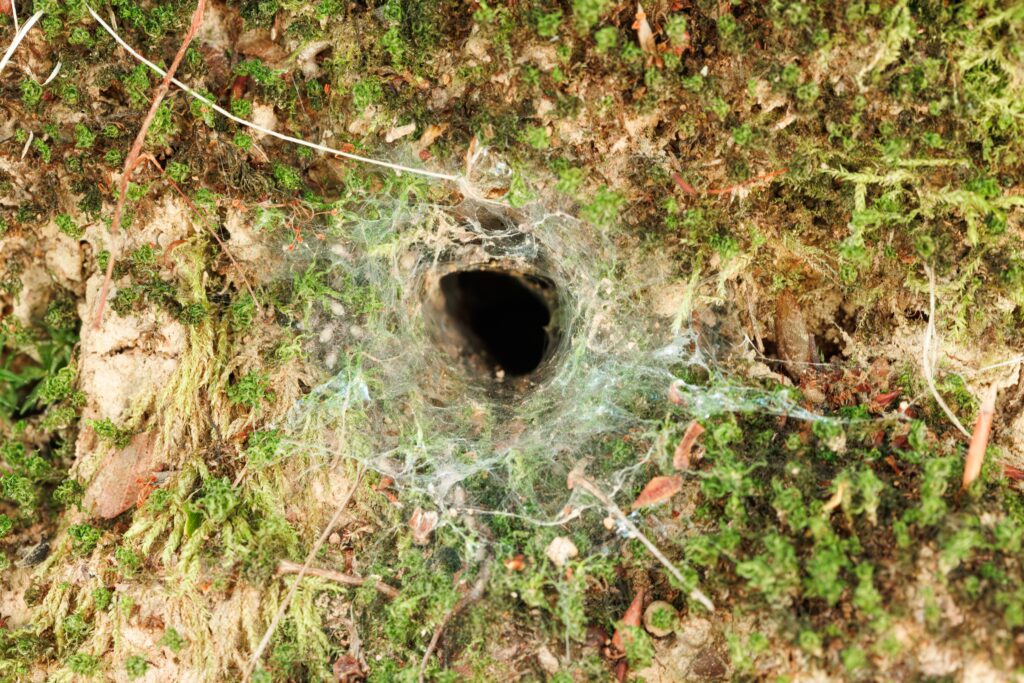
Trapdoor spiders are fascinating hunters known for their unique strategy of creating camouflaged burrows with hinged doors.
These arachnids are ambush specialists, using stealth to capture unsuspecting prey.
They construct a silk-lined tunnel with a door made of soil and vegetation, hinged with silk, allowing them to spring out and snatch nearby prey in a flash.
This swift and precise attack highlights their adaptation to ambush hunting.
26. Climate Change
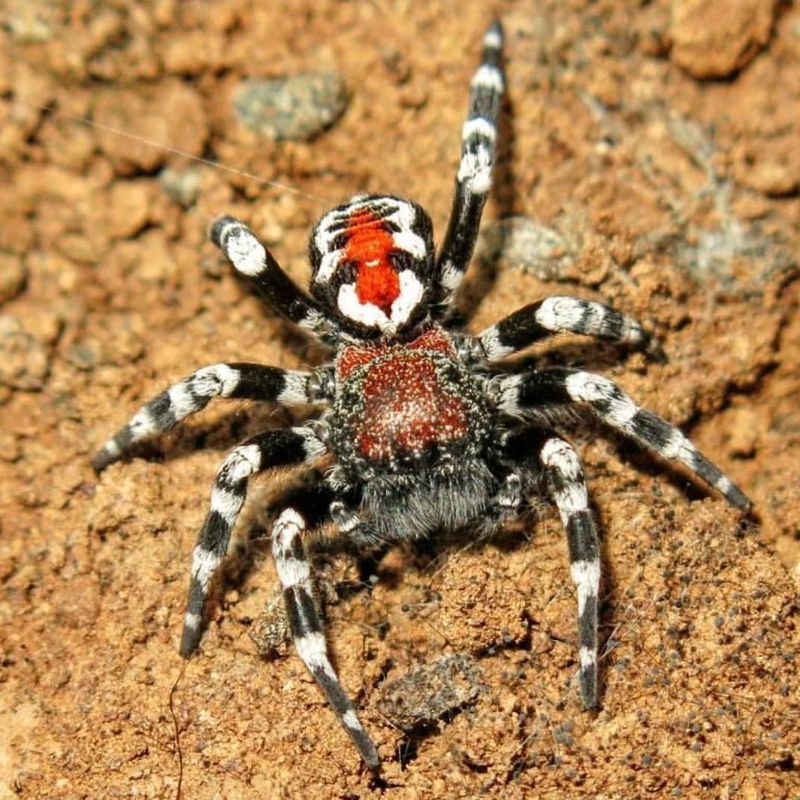
Climate change is a major threat to spider populations, impacting their distribution, behavior, and survival.
As ectotherms, spiders are highly sensitive to temperature shifts, which can affect their life cycles and reproductive success.
Rising temperatures may force some species to migrate to higher altitudes or latitudes in search of better conditions, disrupting local ecosystems where spiders play crucial roles in controlling insect populations.
27. Tarantulas
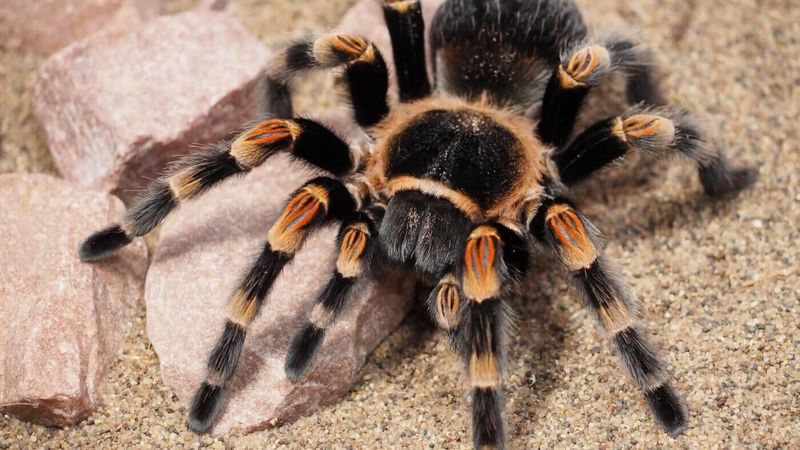
Tarantulas are some of the most fascinating and recognizable spiders, known for their impressive size and striking appearance.
Despite their fearsome reputation, they are generally harmless to humans and serve important ecological roles.
Found in diverse habitats, from rainforests to deserts, tarantulas come in a range of colors and patterns, making them popular subjects for study and exotic pet enthusiasts.
They help control insect and small vertebrate populations, showing their ecological significance.
28. Medicine

Spiders play a unique role in medical research, with their venom offering promising breakthroughs in drug development.
The complex proteins and peptides in spider venom can target specific biological pathways, opening doors to new treatments.
Research has shown that these venom components could be used to create novel pain relievers, anti-cancer drugs, and therapies for neurological disorders, potentially offering more effective solutions with fewer side effects.
29. Urban Environments
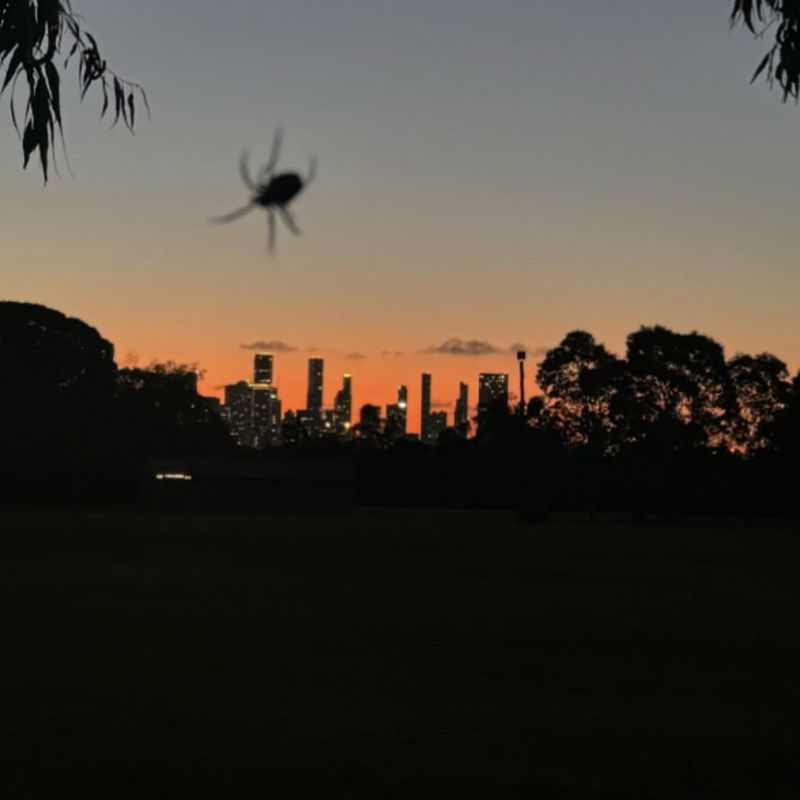
Spiders have adapted well to urban environments, where they play crucial roles in controlling insect populations and contributing to biodiversity.
Thriving in green spaces, gardens, and even inside buildings, they find plenty of food and shelter in cities.
Studying spiders in urban settings reveals their ecological importance and highlights the need for biodiversity in cities.
30. More Info: Spider Silk
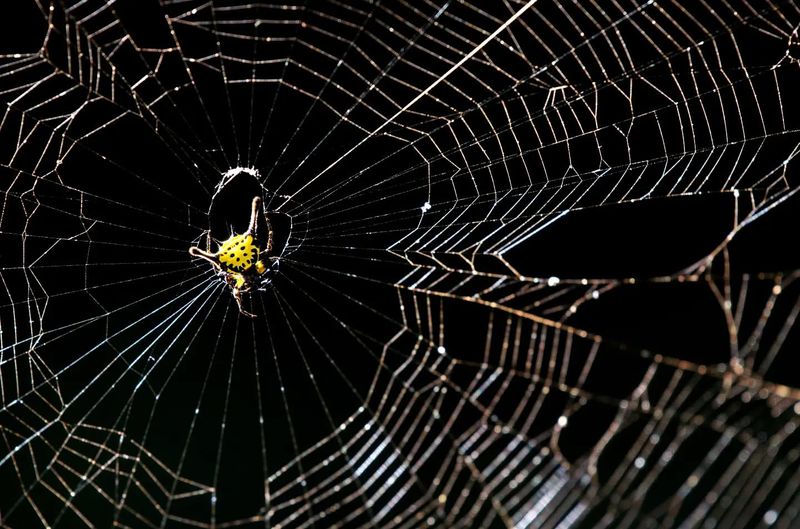
Spider silk is a marvel of natural engineering, renowned for its exceptional strength, elasticity, and versatility. Produced by specialized glands, each type of silk serves a different purpose, from web-building to egg protection.
The molecular structure of spider silk, made up of protein chains, provides a unique blend of tensile strength and flexibility, making it one of the toughest natural fibers—stronger than steel by weight.
Understanding its properties holds great promise for material science, with researchers exploring its potential in medicine, textiles, and engineering.
31. Arachnophobia
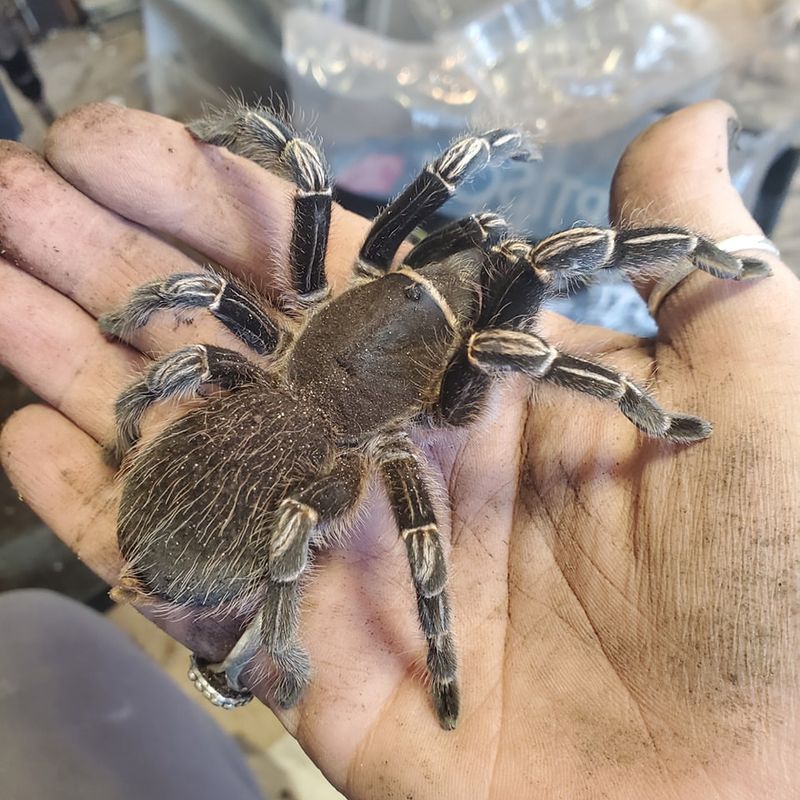
Spider phobia, or arachnophobia, is a common fear that can lead to anxiety and avoidance.
Education plays a vital role in addressing this fear, helping people understand and appreciate the crucial roles spiders play in ecosystems.
Educational programs focused on the biology, behavior, and ecological significance of spiders can help dispel myths and reduce anxiety.
As individuals learn about the diversity and benefits of spiders, they are more likely to develop a balanced view, fostering respect and coexistence.
32. Spiders as Symbols of Creativity

Spiders have long been seen as symbols of creativity and craftsmanship, with their web-spinning abilities representing artistic expression and the creation of intricate, harmonious structures.
In many cultures, spiders are revered as creators and weavers of fate, embodying the balance between chaos and order.
This symbolism appears in art, literature, and mythology, where spiders are often portrayed as wise and resourceful beings.



